|
|
|
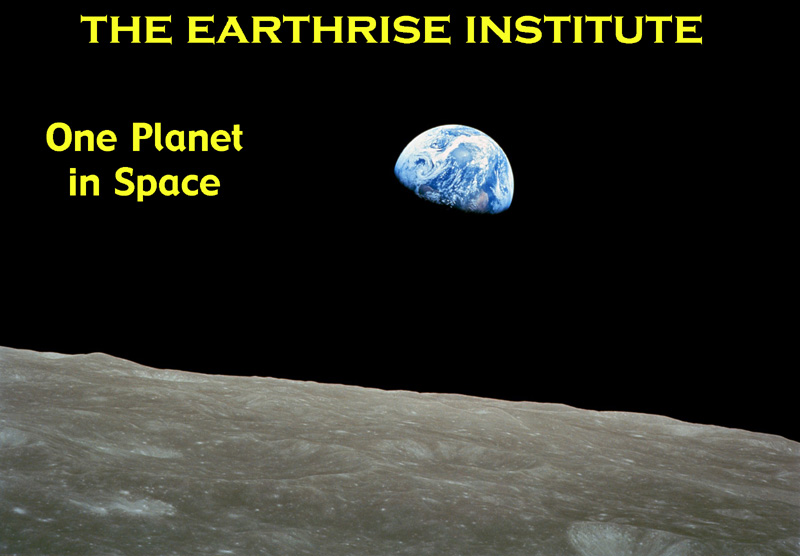 |
|
|
|
COMET RESOURCE CENTER
|
|
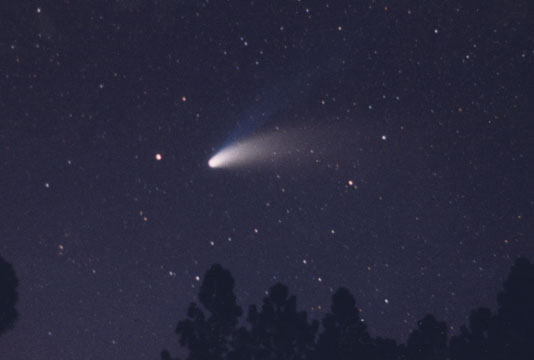 |
|
|
|
IMAGE GALLERY -- LAS CUMBRES OBSERVATORY
|
|
|
|
The images on this page are copyright Las Cumbres Observatory and The Earthrise Institute. All rights reserved. |
|
|
|
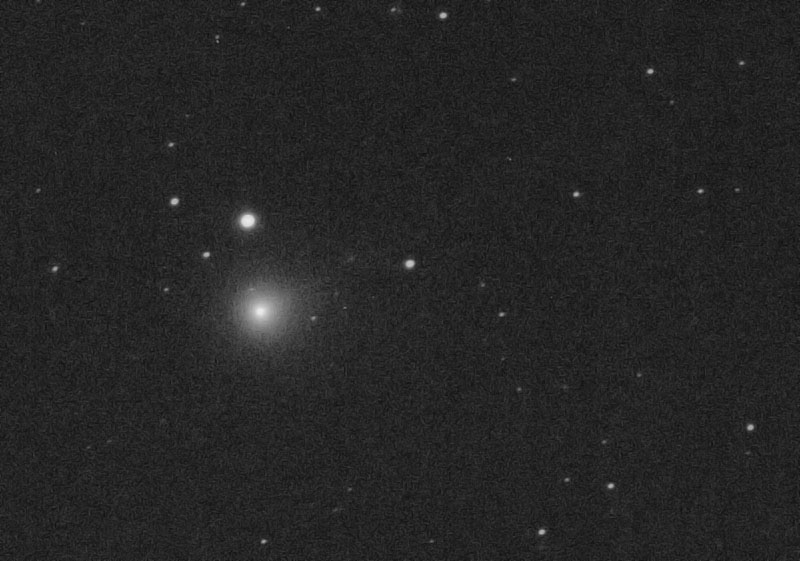 |
|
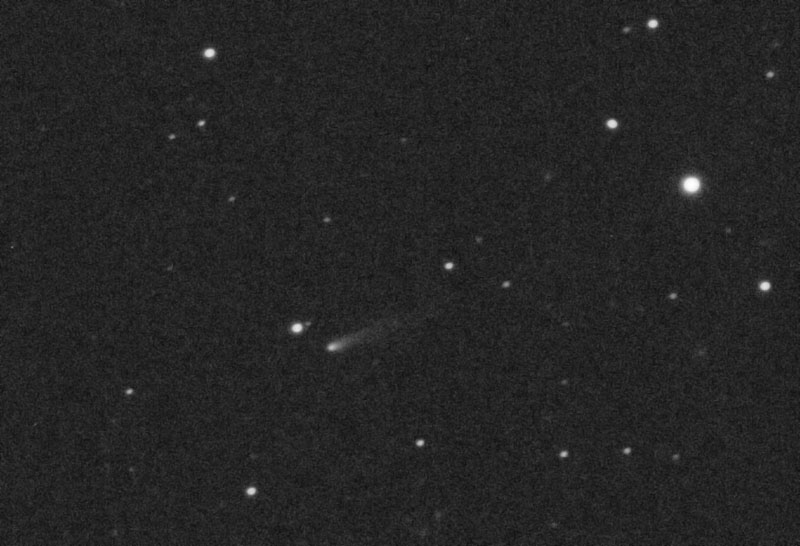 |
|
|
|
LEFT: Comet Machholz-Fujikawa-Iwamoto C/2018 V1 (no. 655) on November 15, 2018, as imaged from Teide Observatory in the Canary Islands. RIGHT: Comet 60P/Tsuchinshan 2 (no. 656) on November 17, 2018, also from Teide Observatory. |
|
|
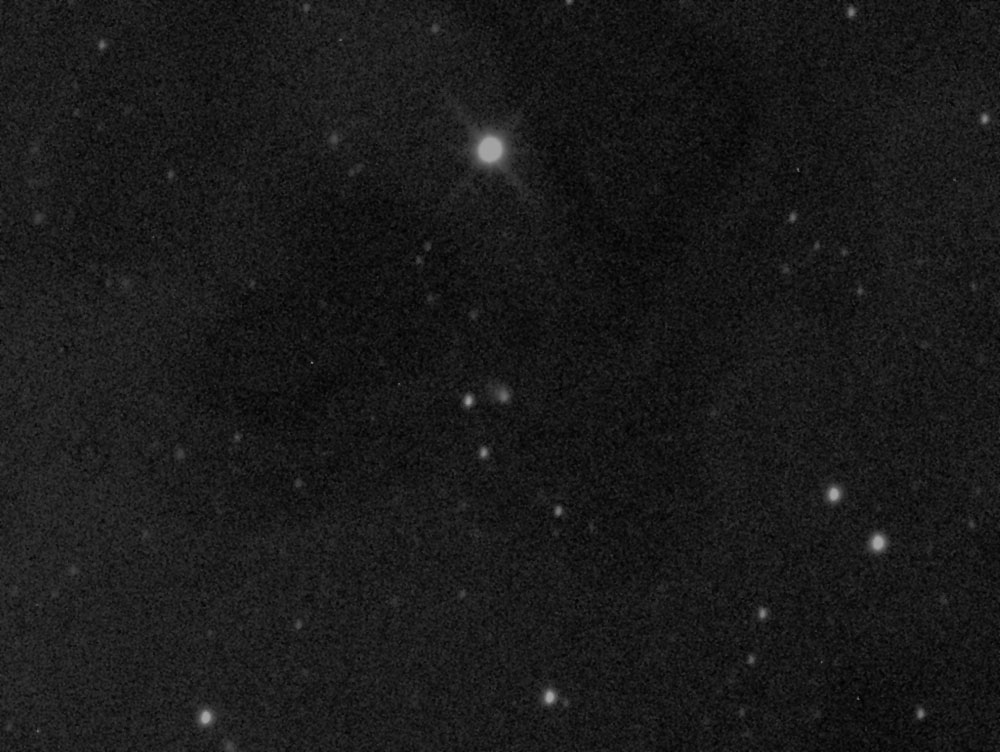 |
|
|
|
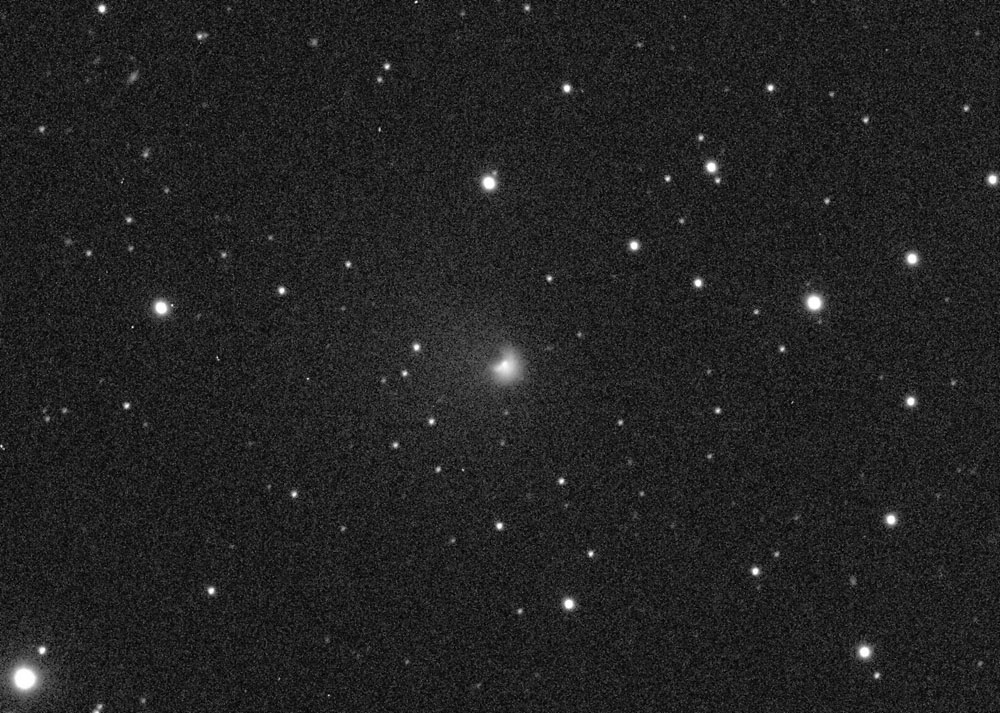 |
|
|
|
LEFT: This object, discovered by Pan-STARRS in October 2017, is traveling on a slightly hyperbolic orbit and initially appeared asteroidal, and thus was designated A/2017 U7. This image, taken with the 1-meter telescope at Siding Spring Observatory in New South Wales on November 1, 2018, clearly shows it to be cometary. It passes perihelion in September 2019 at the rather large heliocentric distance of 6.4 AU. RIGHT: Comet 29P/Schwassmann-Wachmann 1 (no. 498) on November 28, 2018, from the LCO facility at Cerro Tololo Inter-American Observatory in Chile. The comet had just recently undergone an outburst, as evidenced by the bright central coma; the dispersing coma from the previous outburst two months earlier is faintly visible extending to the east (left).
|
|
|
|
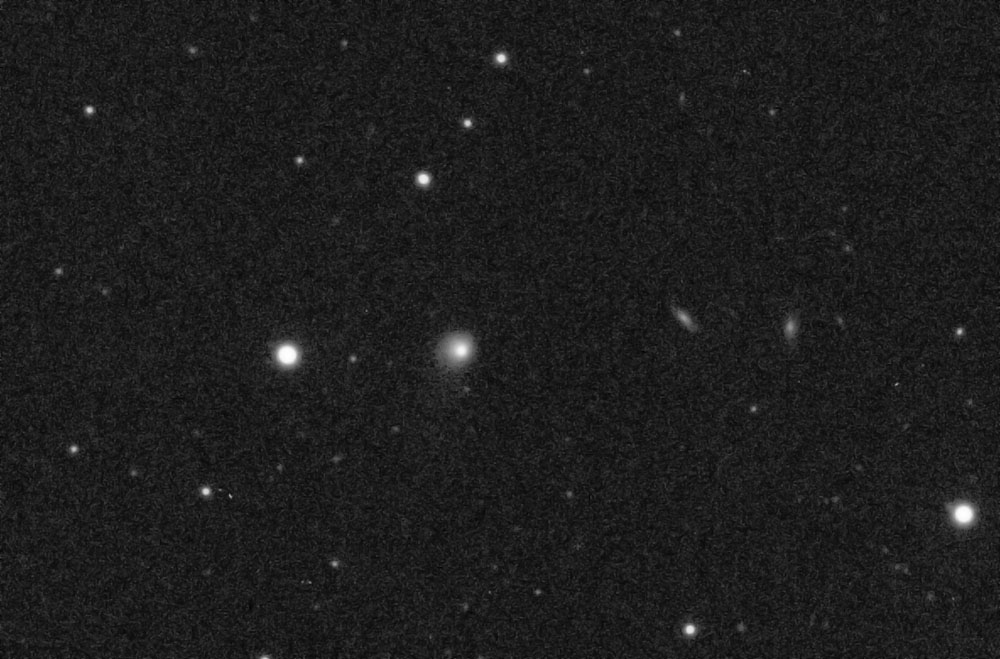 |
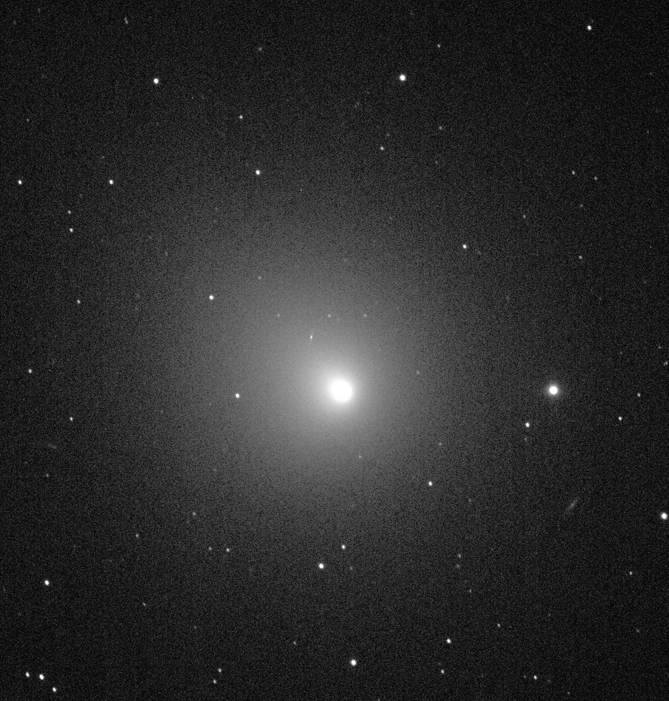 |
|
|
|
LEFT: Comet ASASSN C/2018 N2 (no. 657) on November 28, 2018 -- two hours before I first picked it up visually -- from Cerro Tololo. A broad, faint tail can be seen extending towards the south-southeast (just leftward of straight down). RIGHT: Comet 46P/Wirtanen (no. 653) on December 9, 2018 -- three days before perihelion, and seven days before its closest approach to Earth -- from the LCO facility at the South African Astronomical Observatory. |
|
|
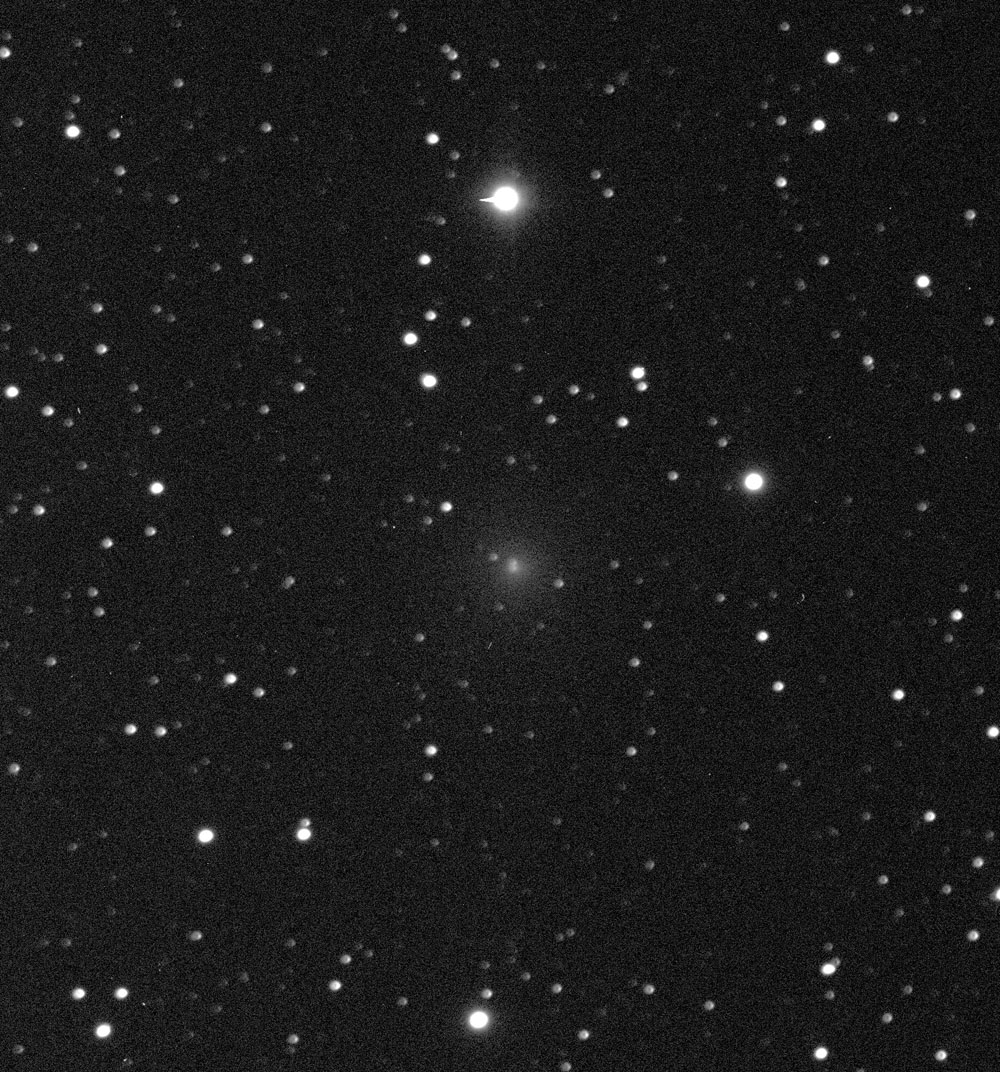 |
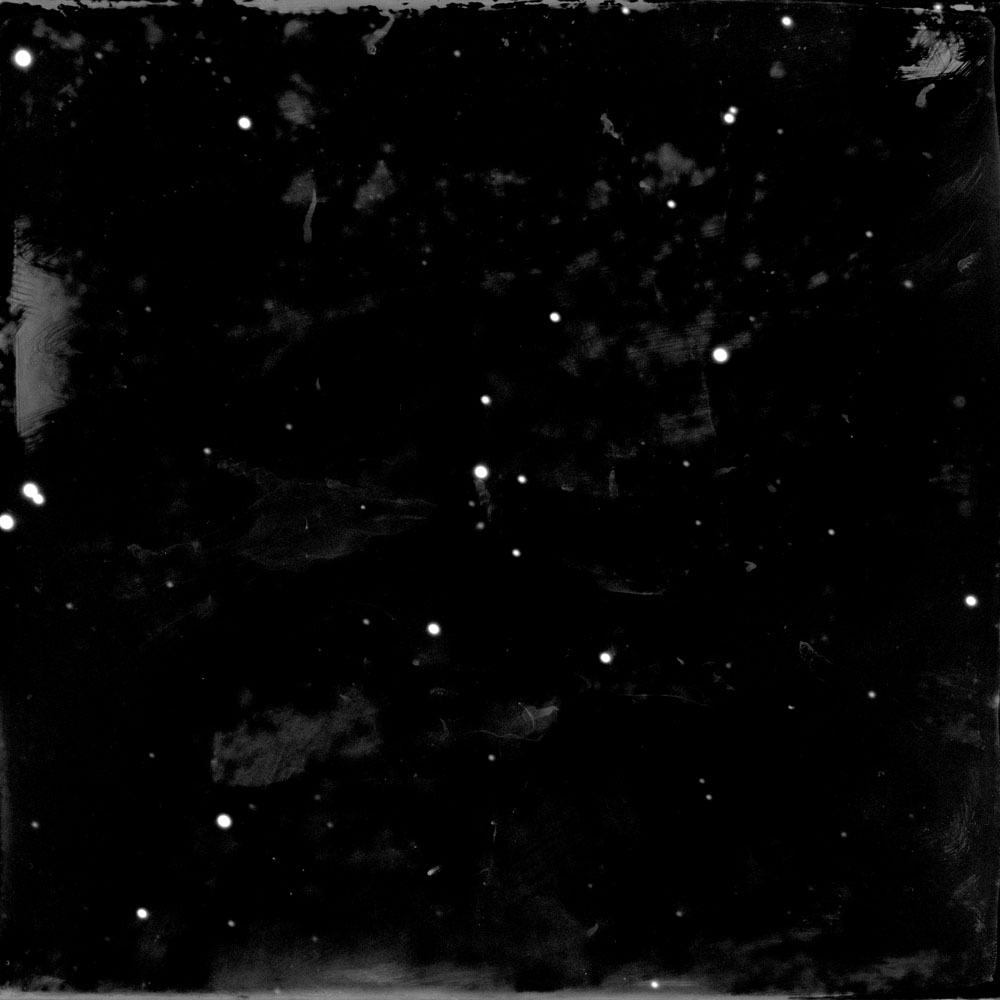 |
|
|
|
|
|
|
LEFT: Comet Iwamoto C/2018 Y1 (no. 658) on December 20, 2018 -- four hours after my first visual observation -- from the LCO facility at Haleakala, Hawaii. RIGHT: 5-minute exposure of "asteroid" (944) Hidalgo taken by the 2-meter LCO Faulkes Telescope North at Haleakala on December 23, 2018. The image is rather "noisy" due to the full moon in the sky at the time. Hidalgo (center) appears completely stellar in this image (the faint "wispiness" to the south is part of the moonlight "noise." |
|
|
|
|
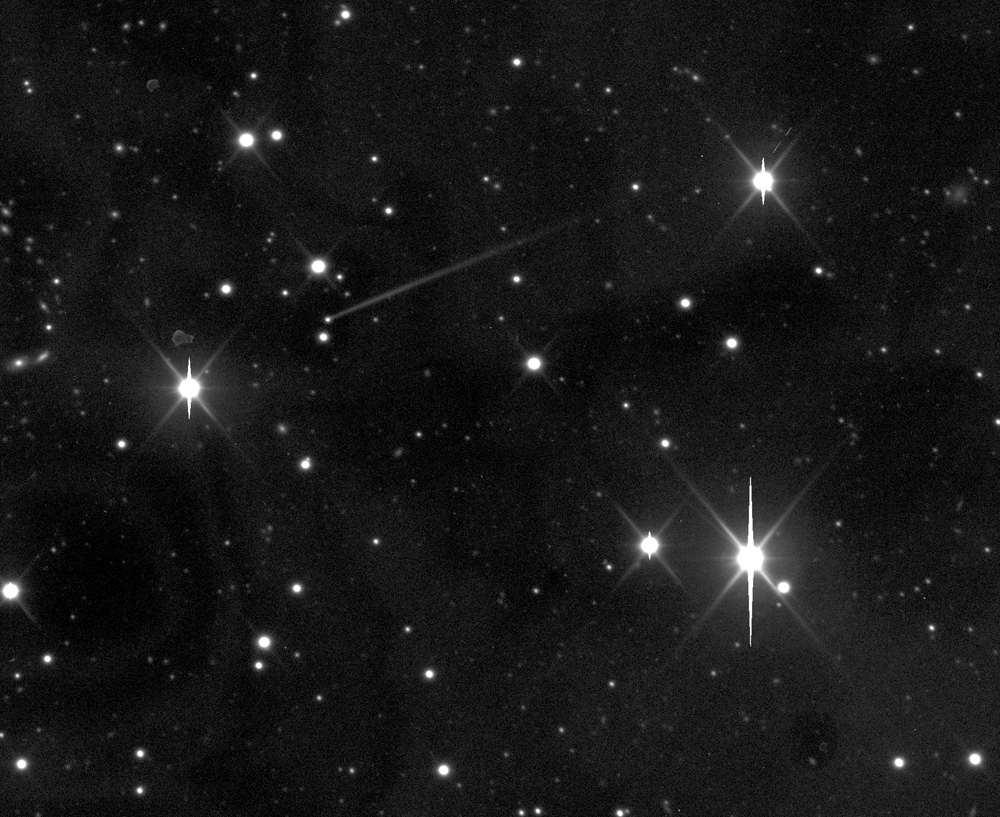 |
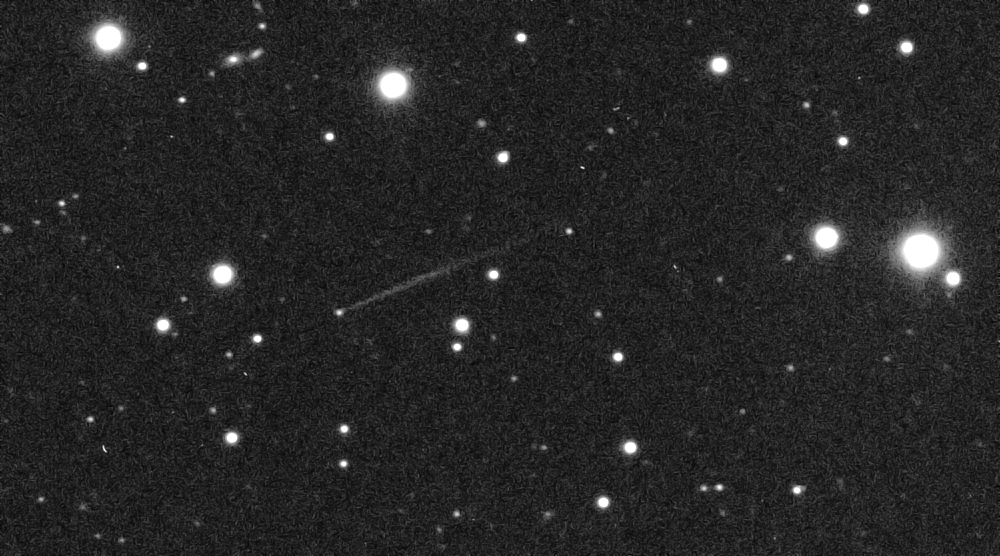 |
|
|
|
Main-belt "asteroid" (6478) Gault. In early January 2019 this object began exhibiting a distinct dust tail, most likely the result of an impact by a smaller asteroid in late 2018. LEFT: 5-minute exposure obtained on January 8, 2019, with the 1-meter telescope at the LCO facility at the South African Astronomical Observatory. This is the image referred to in the IAU's official announcement of the presence of the tail. RIGHT: 5-minute exposure obtained January 10, 2019 with a 0.4- meter telescope at Teide Observatory in the Canary Islands. |
|
|
|
<-- PREVIOUS PAGE
NEXT PAGE -->
Return to Comet Resource Center
|
|
|
|
|
|
|
|
|
|
|
|
|
|
|
|
|
|
|
|
|
|
|
|
|
|
|
|
|
|
|
|











